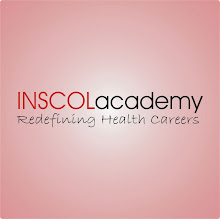Does
the Indian healthcare system provide a comprehensive range of health
services? Is the healthcare system entirely independent? Does the system
operate under different management, rules and political authority? If
yes is your answer to these queries, then one has to wonder how far the
healthcare system is useful to India’s citizens? Can a middle-class
family,...






